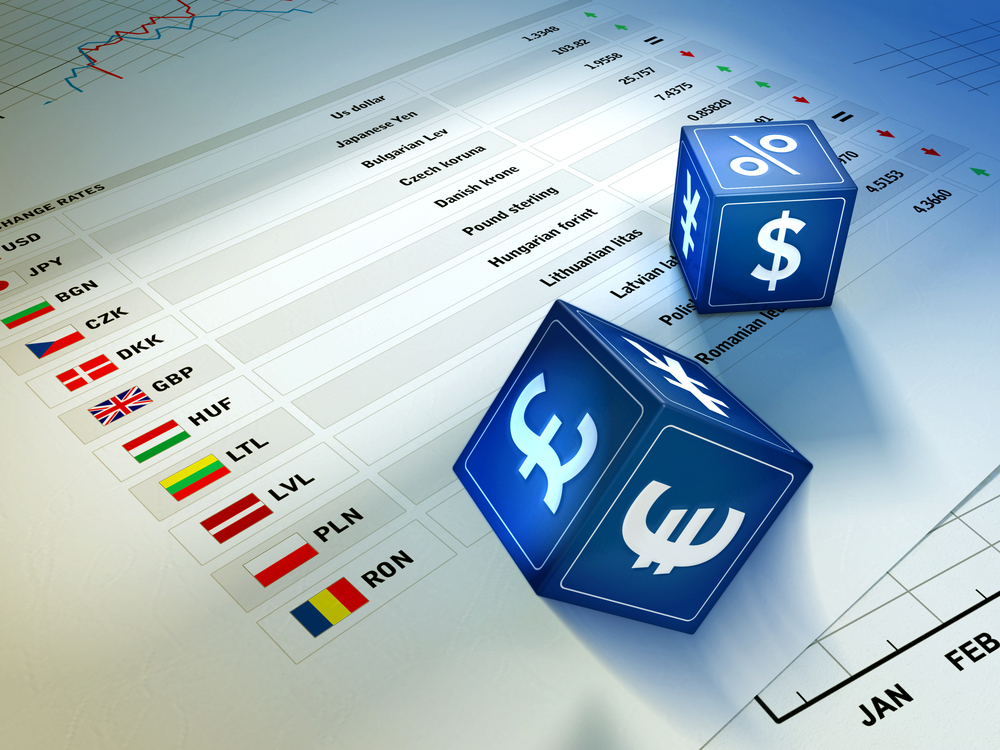Currency exchange rates play a pivotal role in the global economic landscape, influencing trade, investment, and overall economic stability. The foreign exchange market, often referred to as forex, is the largest and most liquid financial market globally, with trillions of dollars traded daily. Understanding the factors that drive currency exchange rates is essential for businesses, investors, policymakers, and anyone involved in international transactions. In this article, we will delve into the intricacies of currency exchange rates, exploring their determinants, impact on the economy, and the mechanisms through which they are influenced.
Key Concepts:
- Definition of Currency Exchange Rates: Currency exchange rates represent the relative value of one currency compared to another. They determine how much of one currency you need to exchange to obtain a certain amount of another currency. Exchange rates are expressed in pairs, where the first currency is the “base” and the second is the “quote” or “counter” currency.
- Floating vs. Fixed Exchange Rates: Exchange rates can be either floating or fixed. In a floating exchange rate system, currency values are determined by market forces, supply and demand. On the other hand, in a fixed exchange rate system, governments or central banks set the value of their currency in relation to another currency or a basket of currencies.
Factors Influencing Exchange Rates:
- Interest Rates: Central banks set interest rates, which can significantly impact exchange rates. Higher interest rates attract foreign capital, leading to an appreciation of the currency. Conversely, lower interest rates may result in depreciation as investors seek higher returns elsewhere.
- Economic Indicators: Economic indicators such as GDP growth, employment rates, and manufacturing output can influence currency exchange rates. A robust economy tends to attract foreign investment, strengthening the local currency.
- Inflation Rates: Inflation erodes the purchasing power of a currency. Countries with lower inflation rates generally see appreciation in their currency value. Central banks often use monetary policy to control inflation and, indirectly, influence exchange rates.
- Political Stability and Economic Performance: Political stability and effective governance contribute to economic stability, attracting foreign investment. Political turmoil or uncertainty can lead to a lack of confidence in a currency, causing depreciation.
- Trade Balances: The balance of trade, the difference between a country’s exports and imports, affects exchange rates. A trade surplus (more exports than imports) can lead to currency appreciation, while a trade deficit may result in depreciation.
- Speculation: Traders and investors often engage in currency speculation, buying or selling currencies based on anticipated future movements. Speculative activities can lead to short-term fluctuations in exchange rates.
Impact on Businesses and Investors:
- International Trade: Fluctuations in exchange rates directly impact the competitiveness of a country’s exports and imports. A stronger domestic currency can make exports more expensive for foreign buyers, potentially reducing demand.
- Risk Management: Businesses engaged in international trade often use hedging strategies to mitigate the risk associated with currency fluctuations. Derivative instruments like futures and options help protect against adverse exchange rate movements.
- Global Investments: Investors diversify their portfolios by allocating funds to different currencies. Exchange rate movements can influence the returns on foreign investments, affecting the overall performance of investment portfolios.
- Multinational Corporations: Multinational corporations operating in multiple countries face currency risk. Changes in exchange rates impact their profits, as the value of revenues and expenses may fluctuate when converted to the home currency.
Government Interventions:
- Foreign Exchange Reserves: Central banks maintain foreign exchange reserves to stabilize their currency. By buying or selling their currency in the foreign exchange market, they can influence exchange rates.
- Currency Pegs: Some countries peg their currency to another, typically a major reserve currency like the U.S. dollar. This practice provides stability but requires active management by the central bank.
Challenges and Criticisms:
- Volatility: Exchange rates can be highly volatile, influenced by numerous factors, including geopolitical events, economic data releases, and market sentiment. This volatility can pose challenges for businesses and investors.
- Speculative Activities: Excessive speculation in the foreign exchange market can lead to abrupt and unpredictable currency movements. Regulators often implement measures to curb speculative activities.
- Exchange Rate Misalignments: Persistent misalignments between a currency’s actual value and its perceived value based on economic fundamentals can lead to trade imbalances and economic distortions.
Conclusion:
Currency exchange rates are complex and dynamic, reflecting the intricate interplay of economic, political, and market forces. Their impact is felt across various sectors, influencing trade, investment, and the overall economic well-being of nations. As global markets continue to evolve, understanding the mechanisms driving exchange rates becomes increasingly crucial for individuals, businesses, and policymakers navigating the interconnected world of international finance
